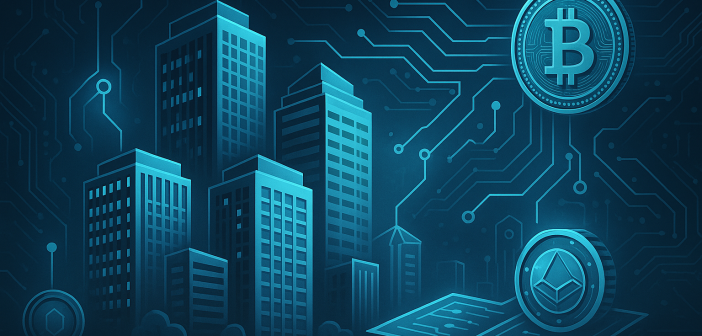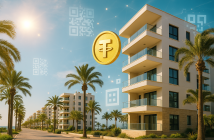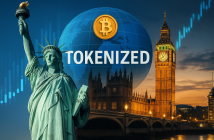In 2025, the tokenization of real-world assets (RWAs) has emerged as a transformative force in the financial sector. By converting tangible assets like real estate, commodities, and securities into digital tokens on blockchain platforms, tokenization enhances liquidity, accessibility, and efficiency in markets traditionally plagued by opacity and high entry barriers.
Understanding RWA Tokenization
RWA tokenization involves creating digital representations of physical assets on a blockchain, enabling fractional ownership and streamlined transactions. This process typically includes:
-
Asset Identification and Structuring: Determining the asset to be tokenized and establishing legal frameworks, often through Special Purpose Vehicles (SPVs).
-
Digitization: Recording asset details on the blockchain and issuing corresponding digital tokens.
-
Smart Contract Integration: Implementing automated protocols for compliance, dividend distribution, and governance.
-
Primary Distribution: Offering tokens to investors, facilitating capital raising with enhanced transparency.
-
Secondary Trading: Enabling token trading on digital asset platforms, providing liquidity and market accessibility.
Market Growth and Institutional Adoption
The RWA tokenization market has witnessed significant growth, with projections indicating a surge to over $23 billion in total valuation by mid-2025, marking a 260% increase from the previous year . This expansion is driven by:
-
Regulatory Clarity: Enhanced legal frameworks in jurisdictions like the United States have bolstered investor confidence and institutional participation.
-
Technological Advancements: Innovations in blockchain infrastructure have facilitated secure and efficient tokenization processes.
-
Institutional Engagement: Major financial entities, including BlackRock and Franklin Templeton, have launched tokenized funds, exemplifying the shift towards digital asset integration
Diverse Asset Classes and Use Cases
Tokenization extends across various asset classes:
-
Real Estate: Platforms like RealT and Landshare enable fractional ownership of properties, democratizing access to real estate
-
Debt Instruments: Tokenized bonds and loans offer streamlined issuance and trading, enhancing liquidity in fixed-income markets.
-
Commodities and Art: Assets like gold, silver, and fine art are being tokenized, allowing broader investor participation in traditionally exclusive markets.
-
Private Credit and Invoices: Tokenization facilitates efficient financing solutions for businesses by converting receivables into tradable digital assets.
Challenges and Considerations
Despite the promising outlook, several challenges persist:
-
Regulatory Hurdles: Inconsistent global regulations can impede cross-border tokenization efforts.
-
Technological Risks: Smart contract vulnerabilities and cybersecurity threats necessitate robust risk management strategies.
-
Market Liquidity: Ensuring sufficient liquidity in secondary markets is crucial for the success of tokenized assets.
Conclusion
As we progress through 2025, RWA tokenization is poised to redefine the financial landscape by bridging traditional assets with blockchain technology. The continued collaboration between regulatory bodies, technological innovators, and financial institutions will be instrumental in unlocking the full potential of tokenized real-world assets.




